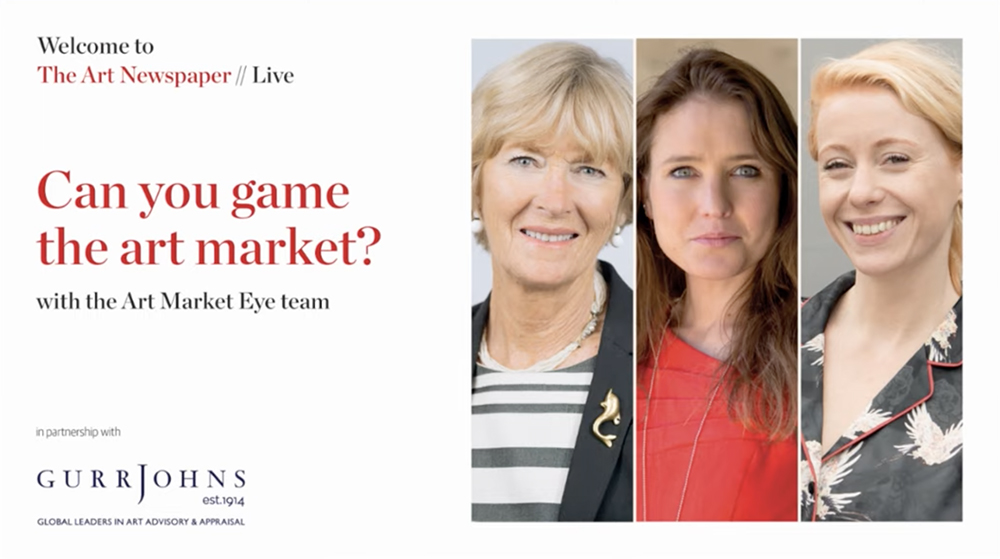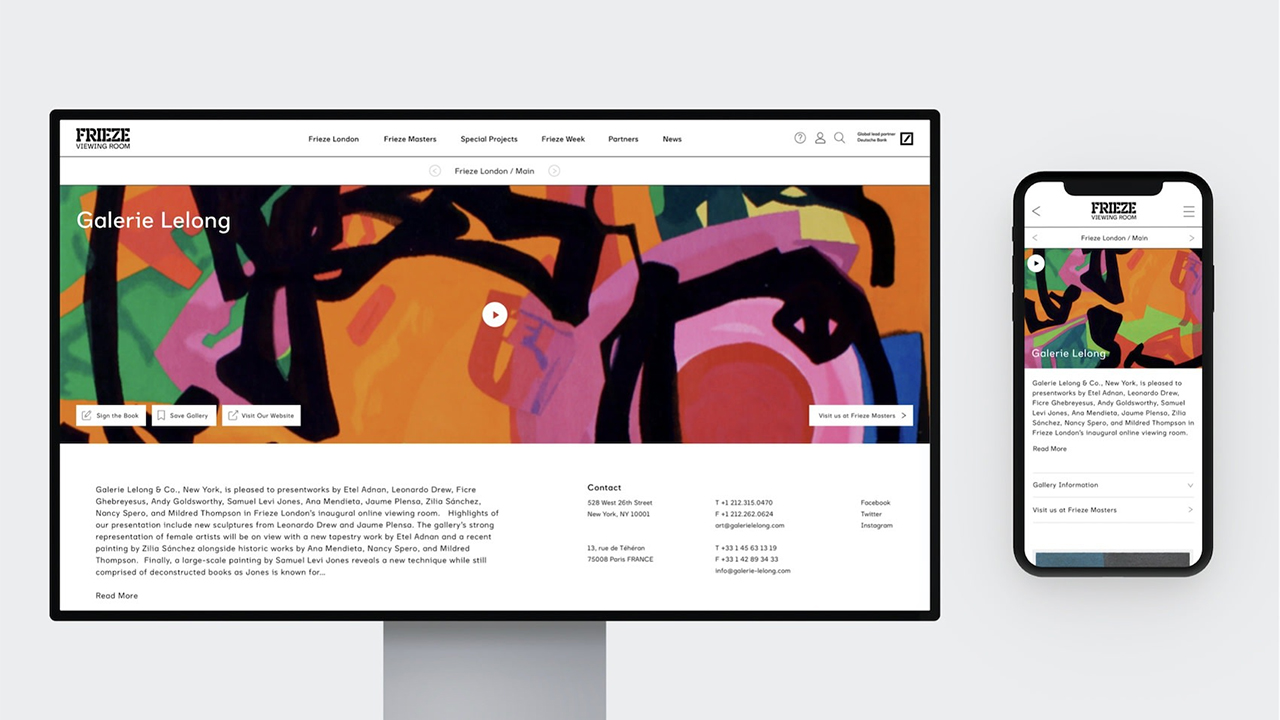The past twelve months have seen an unprecedented embrace of digital across the art market. From virtual viewing booths at prestigious art fairs to FaceTime tours of blue chip galleries to the explosive emergence of non-fungible token (NFT) artworks, separating short-term solutions and long-term trends is challenging. On February 26, the Art Newspaper’s Georgina Adam, Anny Shaw, and Anna Brady gathered (virtually) to reflect on the future of digital for the industry.
Here are four questions “Can You Game The Art Market?” addressed.

Could the GameStop manipulation be repeated in the art market?
No, says Adam, citing six reasons: supply, fungibility, affordability, lack of exchange, access limitations, and the inability to short the art market. For starters, the supply of art is dwarfed by the number of shares offered by companies — compare 47 million GameStop shares with the 40 million artworks traded in 2019. Furthermore, artworks are not interchangeable, i.e. non-fungible, as is the case with shares, and the process of quickly acquiring and flipping art is costly, cumbersome, and actively prevented by the art industry. Most basically, “you can’t short art just yet,” Adam says.
What does the rise of NFT artworks signify?
Potentially, the passage of generations. Christie’s decision to become the first major auction house to sell a standalone NFT artwork, Beeple’s Everydays: The First 5000 Days, and accept cryptocurrency Ethereum welcomes a younger, digitally native collector. Outside of auction houses, the growth of online platforms, such as Nifty Gateway and Open Sea, increases accessibility for those art market newcomers — no intimidating white cube spaces, no hobnobbing with dealers and galleries. “There’s market without traditional art market gatekeepers,” says Shaw. “Prices are transparent; they don’t depend on what level collector you are.”
What are the additional applications of NFTs?
Beyond creating a new digital art market, NFTs have the potential to support the traditional sector. Tying physical works of art to an NFT could combat fakes and forgeries. This seems feasible for living artists who could simultaneously create a physical work and an NFT avatar — with the added bonus of receiving a commission each time it’s sold. It’s less clear how this would be achieved for older works, however. “Who is going to be the gatekeeper for this and put it on the blockchain?” Adam asked.
How will art fairs look in 2021 and beyond?
Many organizers are shifting schedules to summer, or indeed 2022, hoping the vaccine rollout makes the prospect of sharing air with several hundred strangers less daunting. Even so, the pandemic has likely changed art fairs for good. They will be smaller, hybrid, and more local, with many in the industry citing environmental concerns and “fair-tigue” as motivations. Some fairs are testing new revenue models: Frieze is expanding the offerings of its magazine subscription and Art Dubai is waiving booth fees in exchange for 50 percent of sales. Long-term, the online/offline hybrid model will develop further, says Shaw, “as websites become more sophisticated and AR [augmented reality] and VR [virtual reality] become par for the course. We are still in the beta phase.”



